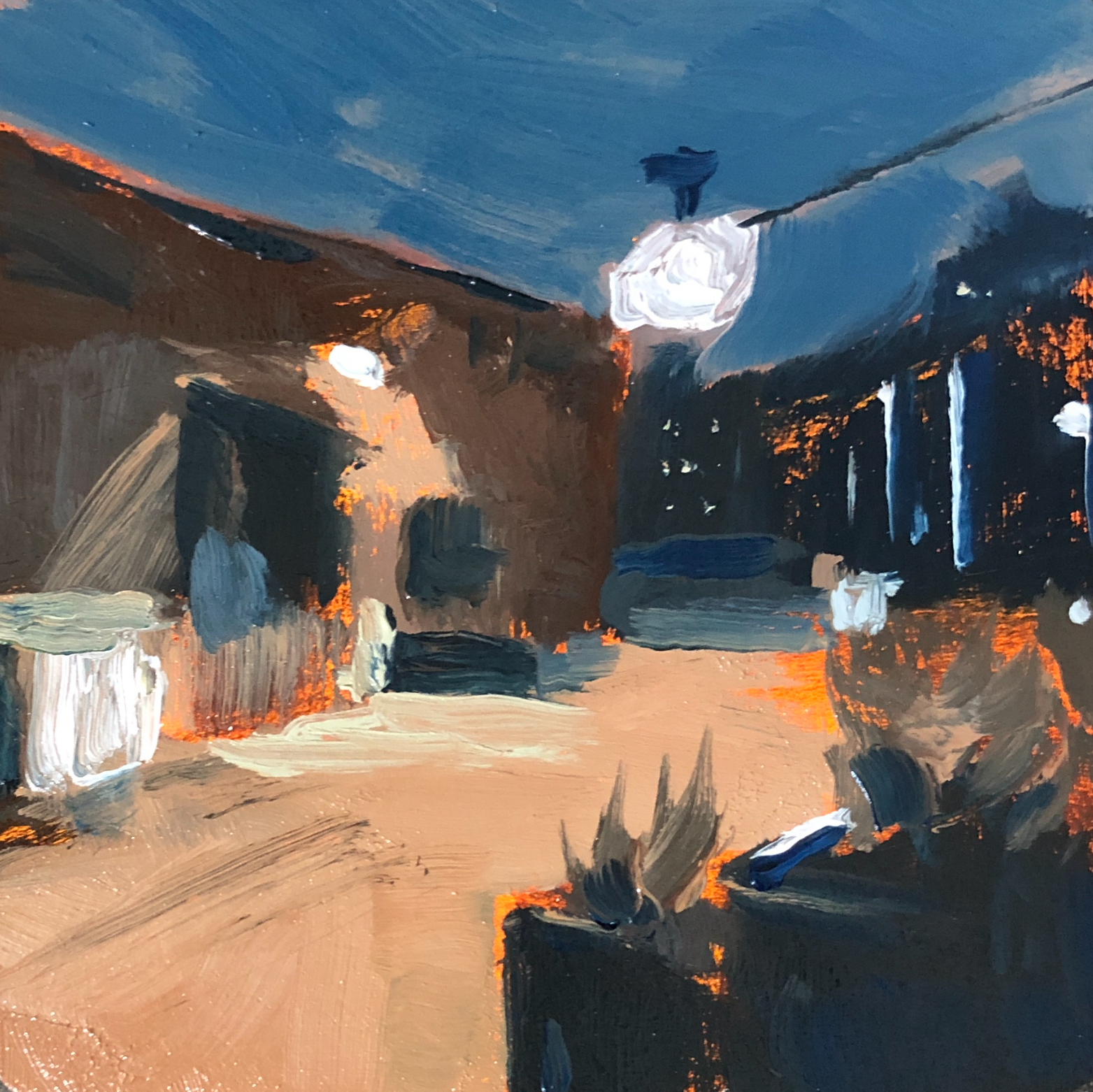THE THIRD OF MAY 1808 BY FRANCISCO GOYA.
The Third of May was the response to the Spanish uprising of the occupation of Spain by Napoleon‘s army. On May 2, 1808, the people of Spain revolted against the French army, and on the following day, May 3, the French army massacred countless Spanish civilians for the uprising.
This was captured in Goya’s painting in stark detail. It has not been confirmed, however, whether he was a participant or present at any of the events on May 2 or May 3.
This painting marks a very significant departure from traditional depictions of war. In the past, war was typically depicted by the victors and portrayed as being glorified and triumphant.
Goya’s painting was the first to graphically depict the victims. This marks a significant departure from history, typically being written by the victors.
On the left of the painting is a chaotic scene of Spanish civilians being shot down by the French firing squad, which is located to the right of the painting. The Spanish civilians are illuminated by a streetlight, and in the center of them, there is a Christ-like figure with his arms outstretched in the shape of a cross.
The French soldiers are hidden in shadow and are very neatly organized in contrast to the chaotic scene of the bodies of the Spanish civilians to the left.
The painting created much controversy when it was debuted. But today it is championed by many as the painting that created a voice for the victims of war.

Next week, we will discuss the Barbizon school of painting.

